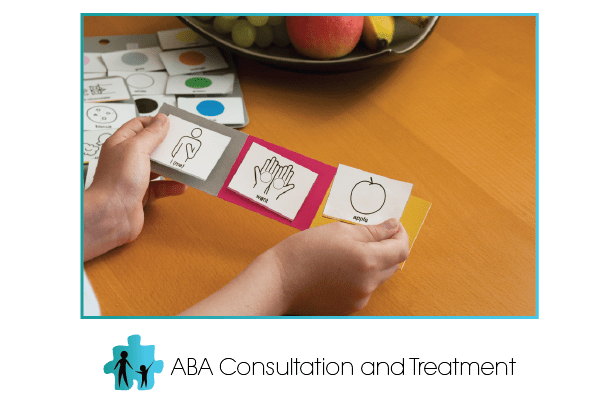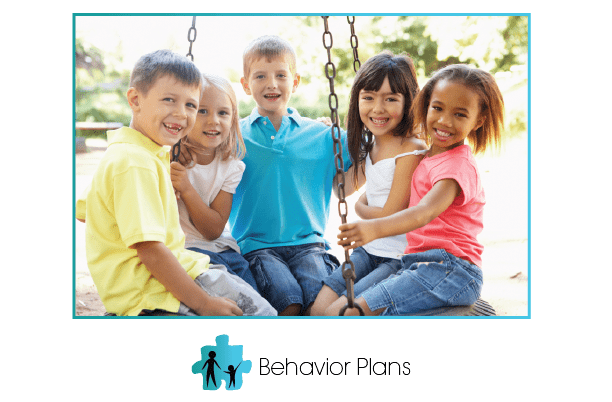Summertime allows families to get outside and enjoy time together. With the seemingly never ending year of 2020 behind us, the outdoors offer us easier distancing and a wide variety of fun activities. With summer right around the corner we also want to be sure that we are taking necessary safety precautions for ourselves and our families. The American Academy of Pediatrics put together a great list offering summer safety tips for parents that are useful no matter how big or small the event or activity.
FUN IN THE SUN!
- The best line of defense is to cover up. Hats and sunglasses are a great way to keep your eyes and face protected.
- Stay in the shade whenever possible and avoid sun exposure during the peak intensity hours (between the hours of 10am and 4pm). Always remember, the risk of tanning and burning increases at higher altitudes.
- Sunscreen! Be sure to apply enough sunscreen and disperse it evenly over all exposed skin. Be sure to reapply sunscreen every two hours or after swimming or sweating. For babies apply sunscreen at least 30 minutes before exposure and use sunscreen even on cloudy days.
- Babies under six months should be kept out of direct sunlight. Make sure your baby is in the shade, whether under a shady tree, an umbrella or a stroller canopy.
- Dress babies in lightweight clothing that covers their arms and legs and use brimmed hats.
Heat stress and exercise
- Children who participate in outdoor activities are at risk for heat stress. The intensity of activities that last 15 minutes or more should be reduced whenever relative humidity, solar radiation, and air temperature are high.
- Be sure to be well hydrated before any prolonged physical activity. During the activity, be sure to take periodic drink breaks even if you don’t feel thirsty.
- Wear clothing that is light colored and light weight.
Pool safety
- Parents should be especially vigilant where pool safety is concerned.
- Never leave children alone in or near the pool, not for even a moment!
- Make sure adults are trained in lifesaving techniques and CPR so they can rescue a child if necessary.
- Make sure all gates close and latch at a height children cannot reach or are child proof.
- Keep rescue equipment near the pool.
- Whenever children who are not able to independently and safey swim on their own are in or around water, an adult should be within arm’s length, providing “touch supervision”.
Boat safety
- Children should wear life jackets at all times when on boats or near bodies of water.
- Teach your child how to put on his or her own life jacket.
- Make sure the life jacket is the right size for your child. The jacket should not be loose. It should always be worn as instructed with all straps belted.
Bug safety
- Don’t use scented soaps, perfumes, or hair sprays on your child.
- Repellents appropriate for use on children should contain no more than 10% DEET because the chemical, which is absorbed through the skin, can cause harm.
Rollins, Judy A. Pediatric Nursing; Pitman Vol. 28, Iss. 4, (Jul/Aug 2002): 421-422.



